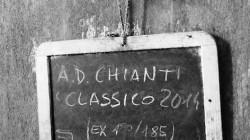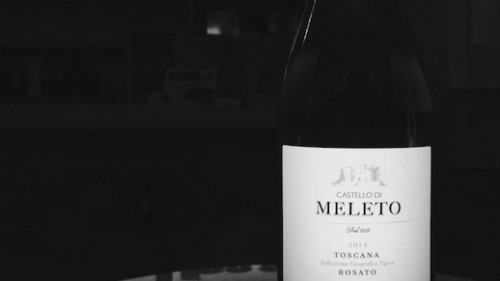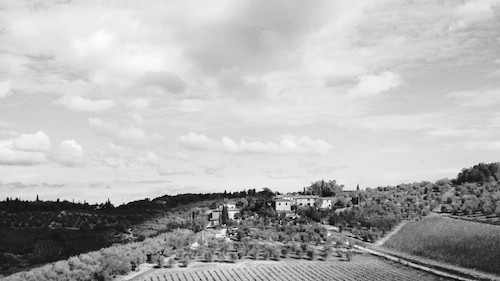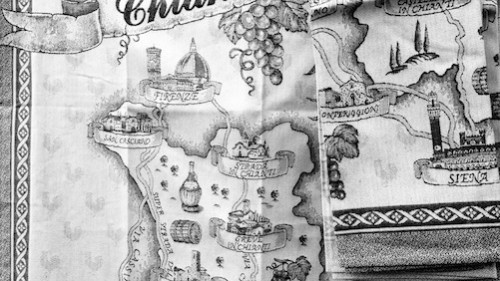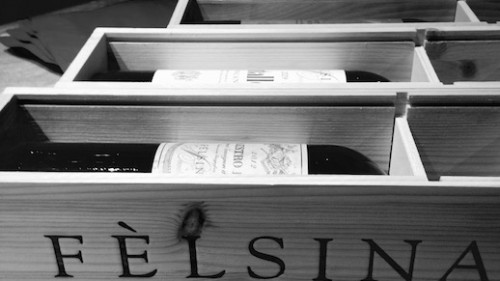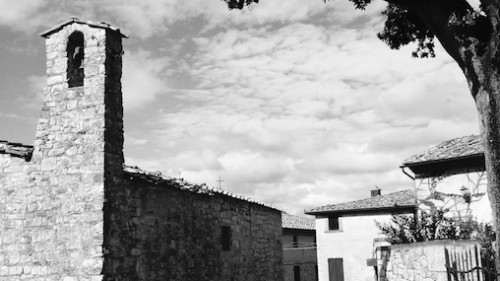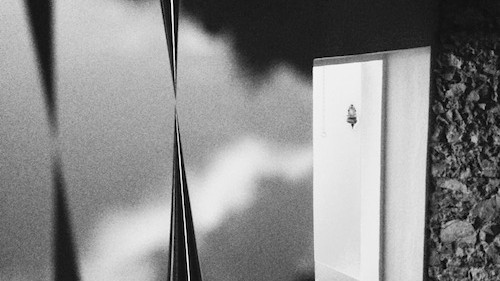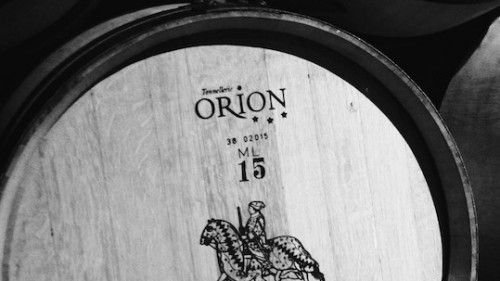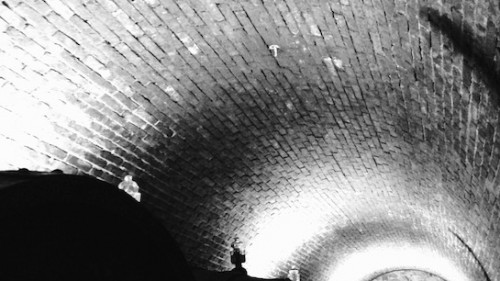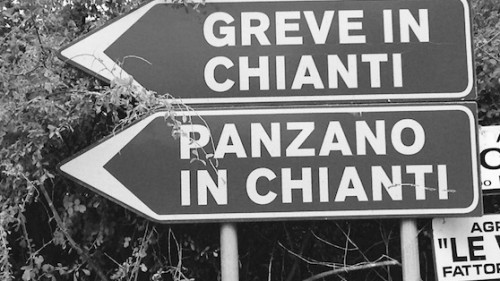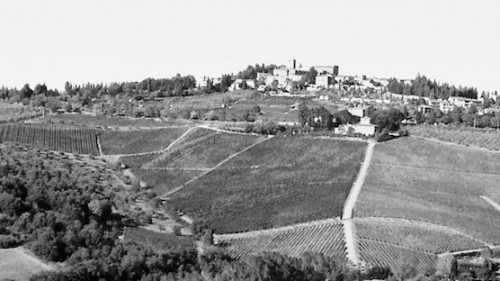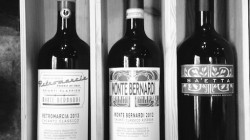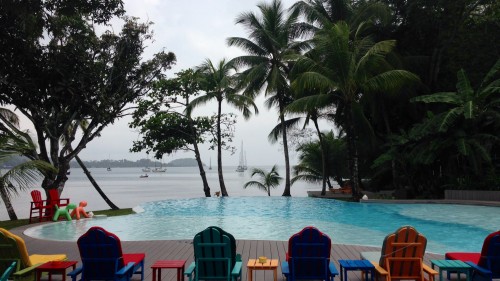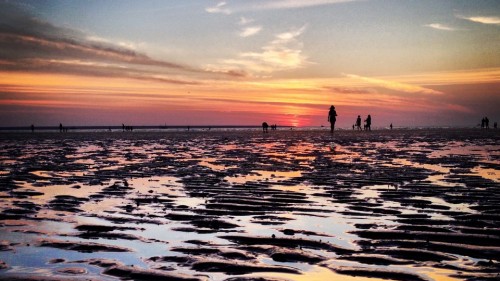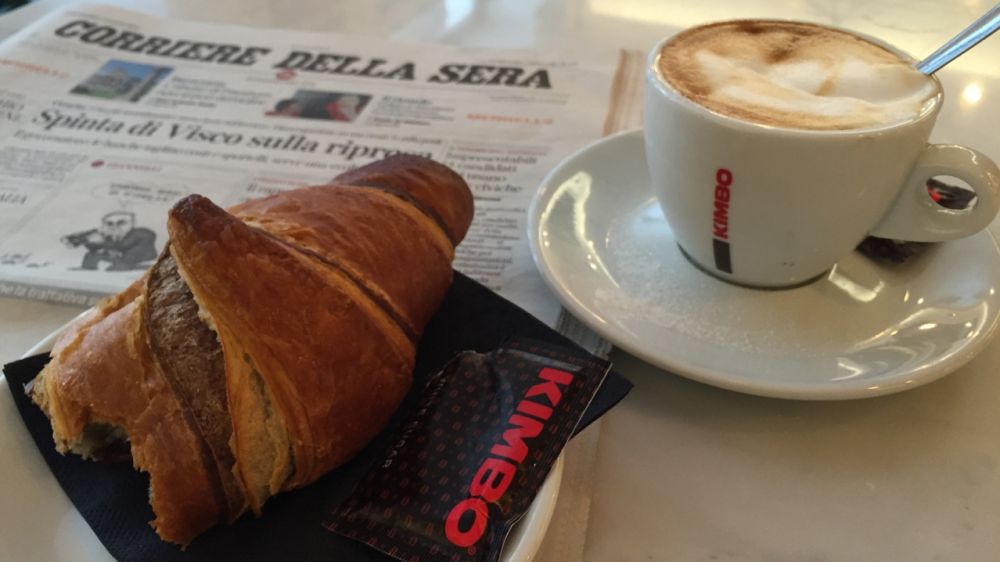Head to the Chianti and Have at It
48.8 million hectolitres of wine…now that’s what I call a buzz-inducing bumper crop. In case you haven’t heard: in 2015 Italy surpassed France as the world’s largest wine producer. Mon Dieu!
What’s one to do upon hearing such historic news? Well, obviously, you embark immediately on a celebratory road-trip deep into the Chianti, to get a piece of the cork-poppin’ action. As we often say here on the Trufflepig farm: digging up research is dirty work, but somebody’s got to go out and get the drinking done…
Nowhere else in Tuscany are wine, history and travel as intimately intertwined as in the stunning terrain of the Chianti Classico. The first documented reference to Chianti as a wine-producing region dates back to the 13th century, and it didn’t take the wily locals long to capitalise on their budding oenological fame: in 1398 the three core towns of Radda, Gaiole and Castellina formed the Lega del Chianti to officially promote and protect their wine. By the 19th century Bettino Ricasoli — the “Iron” Baron who would go on to be Prime Minister of the newly unified Italy — formalised an official “recipe” for Chianti wines in his castle near Gaiole, stipulating a blend of 70% Sangiovese with 30% Cannaiolo and Malvasia grapes. More recently, the norms have been adjusted again, so that today Chianti must contain a minimum of 80% Sangiovese, but this can be increased to 100% if the producer prefers Sangiovese “in purezza”. Thus modern Chianti comes in a wide variety of guises; the winemakers are given a degree of flexibility in how they assemble and vinify their wines.
Long gone are the dark old days, when Chianti wines tended towards plonk, favouring quantity over quality, and were served up in the quaint traditional straw fiasco bottles. In the last thirty years the wine — above all in the Chianti Classico area — has enjoyed a meteoric rise in quality; the top Riservas are now deemed on a par with Montepulciano’s Vino Nobile and Montalcino’s Brunello. There is today an array of top-flight wineries of all stripes, from large estates to boutique micro-producers, from stubborn traditionalists to futuristic modernisers, from those merely politely passionate about their Sangiovese, to those downright dipsomaniacally obsessed with the stuff. This put me in a road-tripping quandary: I had to admit to myself that — despite my best efforts — there was no way I could try all the top Chiantis in one go-around. So, instead, I plotted a scenic route through the core regions of the Chianti Classico, from south to north — with regular resuscitative pit-stops at select Chianti Classico producers scheduled along the way.
Striking out from Siena, my first stop was Felsina, near Castelnuovo Berardenga, an old-school historic estate, with remarkable troglodytic cellars, and a delightfully complex wine (the Chianti Classico ‘Rancia’ Riserva) that — according to my tasting notes — has the staying power and girth of a giant redwood. Next, heading north past the Iron Baron’s Brolio Castle, I called on Castello di Meleto near Gaiole-in-Chianti, to check out its gorgeous 18th Century theatre, and then slurp and swig some of its wonderful rosé — which has, I recall, the sharp minerality of a glowing shard of quartzite. Onwards and upwards I went, to the beautiful winery-cum-hotel-cum-contemporary-art-gallery of Castello di Ama, hidden away between Gaiole and Radda-in-Chianti. Ama produces some of the most refined, deep Chianti wines — in my opinion their stylish Sangioveses have more swagger than a sozzled sailor in a saloon. Finally, my Chianti Cornucopia Tasting Tour wound up at Monte Bernardi, a small biodynamic producer just outside Panzano-in-Chianti, to try their extraordinary ’Tzingana’ IGT wine (a Bordeaux-style blend). I kid you not — it tastes like a humdinger gypsy wedding going ballistic your mouth.
Lest you conclude, based on the above, that my road-trip put an irreplaceable, discernible dent in the world-conquering Italian wine supplies, or soaked up the final precious drops of the last grand cru Riservas, fear not: I assure you that at least 48.7 million hectolitres of wine are still out there, somewhere at large, ripe for the drinking. So what are you waiting for? Ça alors! Head to the Chianti and have at it…
Rudston Steward heads up Trufflepig’s Italian planning team, from our base in Tuscany; his thirst for excellence is second to none.
